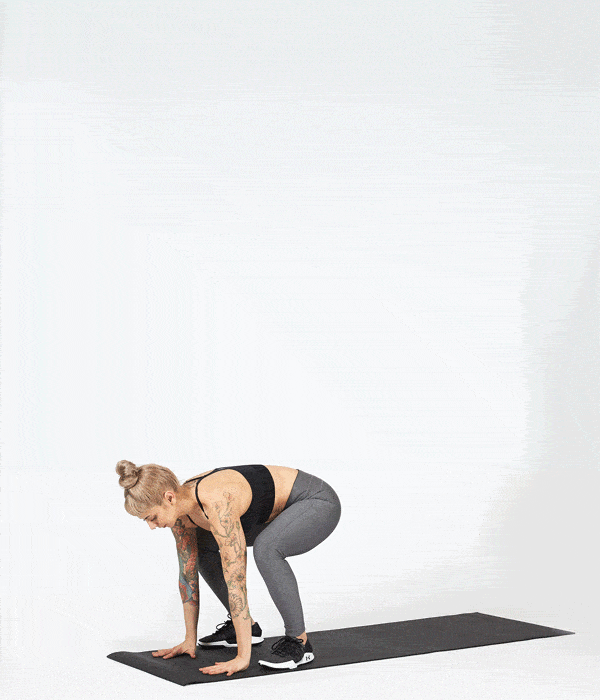

However it should be noted that in examining core stability and its impact on upper extremity injury, there is limited support regarding core stability training in injury prevention or performance enhancement Because rehabilitation programs aim to address local and global stabilizers of the lumbopelvic-hip complex (LPHC), dynamic assessments for overhead athletes should focus on the LPHC.īecause the body behaves as a kinetic chain, any abnormal neuromuscular control could alter the forces in the upper extremity during an overhead movement A most recent review of exercise prescription for overhead athletes with shoulder pathologies suggested that rehabilitation address all aspects of injury and recovery including exercises based on local, regional, and global approaches and exercises based on the specific athletic movement These latest findings between the function of the lower extremity and dysfunction of the upper extremity reiterate the importance of the clinical awareness of the pathomechanics within the kinetic chain that can hinder overhead athlete performance and increase their risk of injury Shows the interconnectivity of the human body.

Additionally, a relationship found between the trunk flexors, hip extensors and scapular dyskinesis Because of the dynamic nature of the overhead throw, the lower extremity generates a substantial amount of force during the throwing motion However, clinical recognition by sports medicine personnel of movement abnormalities, such as a SICK scapula (scapular malposition, inferior medial border prominence, coracoid pain and malposition, and dyskinesis of scapular movement), can help prevent injury among overhead athletesĪlthough overhead athletes typically sustain injury to the upper extremity, practitioners are aware that the body behaves as a kinetic chain. Overhead athletes are in danger for a multitude of injuries including partial articular-sided supraspinatus tendon avulsion (PASTA) and superior labrum anteroposterior (SLAP) tears because of the humeral head angulation against the glenoid capsule

Because athletes do not tell the whole story on a medical history questionnaire, it would be to the practitioner’s advantage to be able to watch a dynamic movement, see a possible contraindication, and ask the right follow-up questions. Even though the body behaves as a kinetic chain, simplifying the dynamic movement assessment while not specifying the type of upper extremity injury is not favorable for the clinician to identify previous injury.ĭiagnosis of a potential counterintuitive variable observed through a dynamic movement assessment, which directly affects an overhead athlete’s upper extremity health, should be of interest to coaches and practitioners alike. In conclusion, examining only trunk flexion and upper leg elevation during the tuck jump assessment (TJA) is not enough for clinicians to recognize previous upper extremity injury. A logistic regression showed no significance in trunk flexion or upper leg elevation in the ability to determine upper extremity injury ( (Innovative Sports Training, Chicago, IL, USA). , Ascension Technologies, Inc., Burlington, VT, USA) synced with the MotionMonitor
#CANDLESTICK TUCK JUMPS TRIAL#
Kinematic data were collected from jumps 4 through 8 during a trial of 10 tuck jumps performed at 100 Hz using an electromagnetic tracking system (trakSTAR 161.98☑3.65 cm 59.17 ± 14.90 kg) were recruited to participate and were placed in either the previous injury (N=18) or no previous injury (N=53) groups. Seventy-one youth baseball and softball athletes (28 baseball/43 softball 12.41☒.22 yrs. The purpose of this study was to determine if tuck jumps can be used as a dynamic movement assessment to ascertain a previous history of upper extremity injury in an overhead throwing sport.


 0 kommentar(er)
0 kommentar(er)
